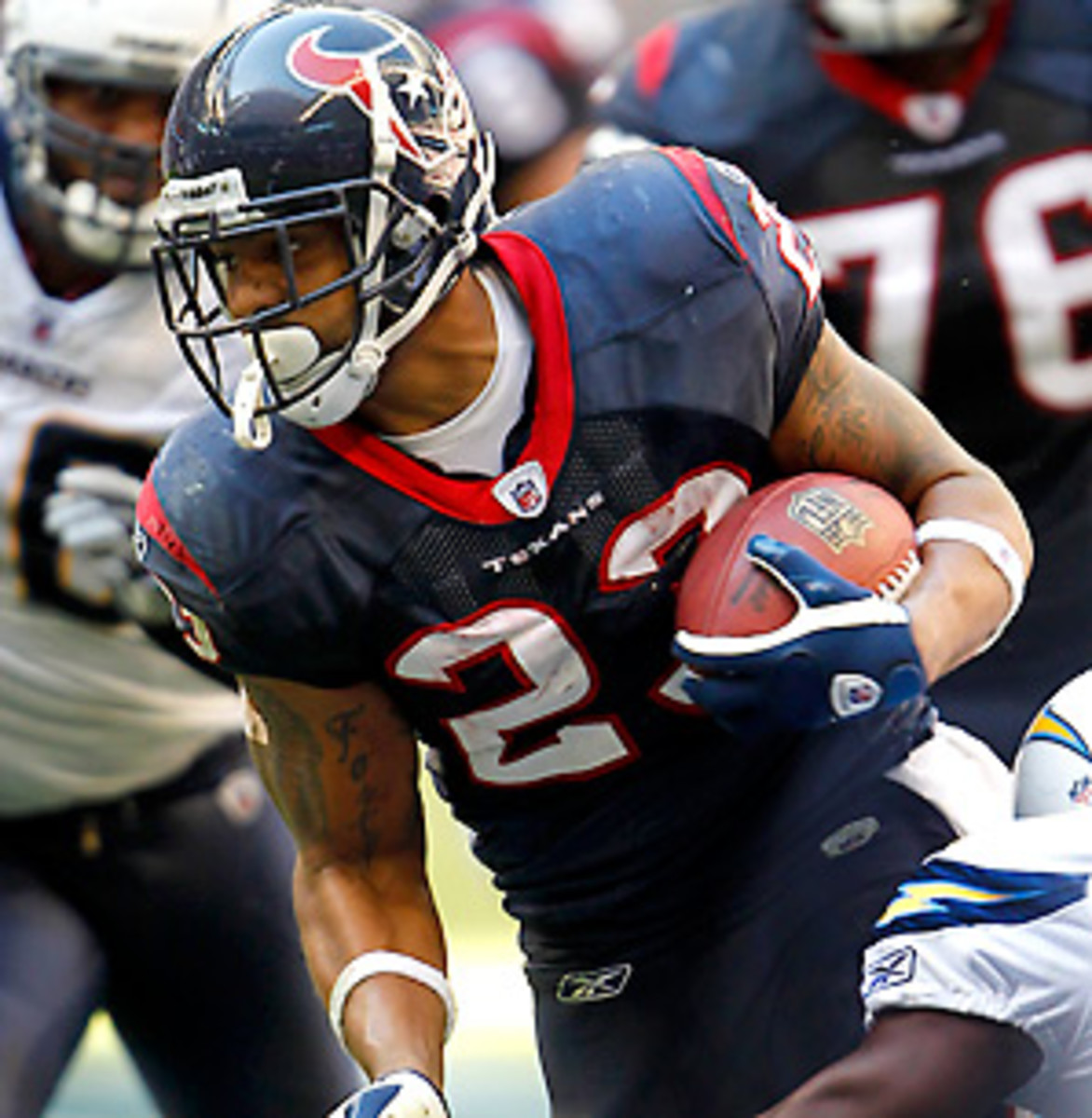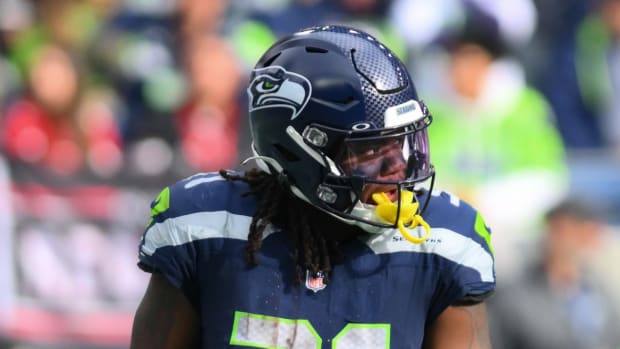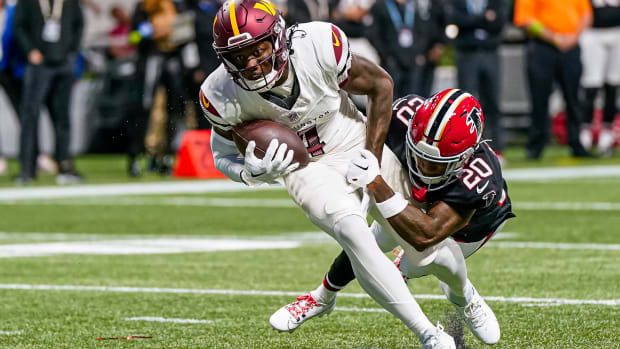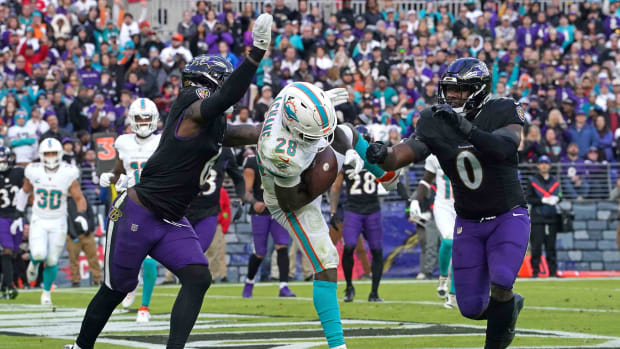
Red zone where Vonta Leach loss will hurt Houston most
Last year's league-leading rusher, Arian Foster will be running behind a new fullback in Lawrence Vickers. (Tom DiPace)
There's really no tap dancing around it: The Houston Texans' offense took a hit when fullback Vonta Leach left via free agency for Baltimore.
How good was Leach in 2010? Well, he had zero carries for zero yards and still was voted the league's 65th-best player by his peers in the NFL Network's offseason Top 100 rankings. There are a dwindling number of fullbacks in the league; there are even fewer that still play the position effectively.
Leach, plain and simple, made the Texans better. He certainly made Arian Foster better during his 1,616-yard breakout 2010 season. He also figures to help Ray Rice improve on his already-gaudy numbers, now that Leach is leading the way for the diminutive Baltimore back.
That said, this isn't a gloom-and-doom commentary on the Texans. Pretending that the loss of Leach is going to suddenly stall Houston's entire offense would be a slap in the face of Matt Schaub, Andre Johnson, Foster and the remaining pieces there.
It would also undersell Houston's effective zone-blocking scheme, which may have been as essential in Foster's breakthrough as anything.
Houston's defense has been a mess for several years now. And rather than spend $3 million or $4 million per season to keep Leach around, the Texans went out and grabbed cornerback Johnathan Joseph and safety Danieal Manning, then spent some spare change on ex-Browns fullback Lawrence Vickers to fill Leach's spot.
The strategy may just work, too -- but it will all depend on how their offense executes in the red zone with Leach leading the way in Baltimore.
Up until last season, that area of the game had plagued Houston. In 2008, the team scored touchdowns on just 45.9 percent of its red-zone trips. That number bumped to 52.4 in 2009, despite awful rushing numbers from the Texans' running backs.
In 2010, though, under first-year offensive coordinator Rick Dennison, and with Leach and Foster pairing up in the backfield, it all clicked. Houston scored TDs on 62.3 percent (33 of 53) of its red-zone trips, good for fifth in the league. The overall red-zone numbers were even better: points on 51 of 53 trips (96.2 percent), second only to the Colts.
Of Foster's 18 touchdowns last season, 13 of them came on runs of eight yards or fewer, more often than not running behind Leach. It's in that area of the field that Houston might not be able to fill the gap.
Elsewhere, the post-Leach difference might be negligible. According to FootballOutsiders.com, Foster had a higher yards-per-carry average in one-back sets than two-back (5.5 to 4.7), and his total efficiency was about the same in each scenario.
But there's no replacing what Houston did in the red zone.
Comparing the Texans' offense to the Browns' isn't entirely fair -- Jake Delhomme, anyone? -- but Cleveland did have 1,100-yard back Peyton Hillis carrying the rock behind Vickers. Their red-zone TD rate? 45.2 percent, 17 percent lower than the Texans.
Houston's coming off an awfully disappointing 6-10 season and needed some sort of change. Mostly, the Texans had to finally address their defense, and the only way to do that was to let another position take a hit.
They picked fullback.





































